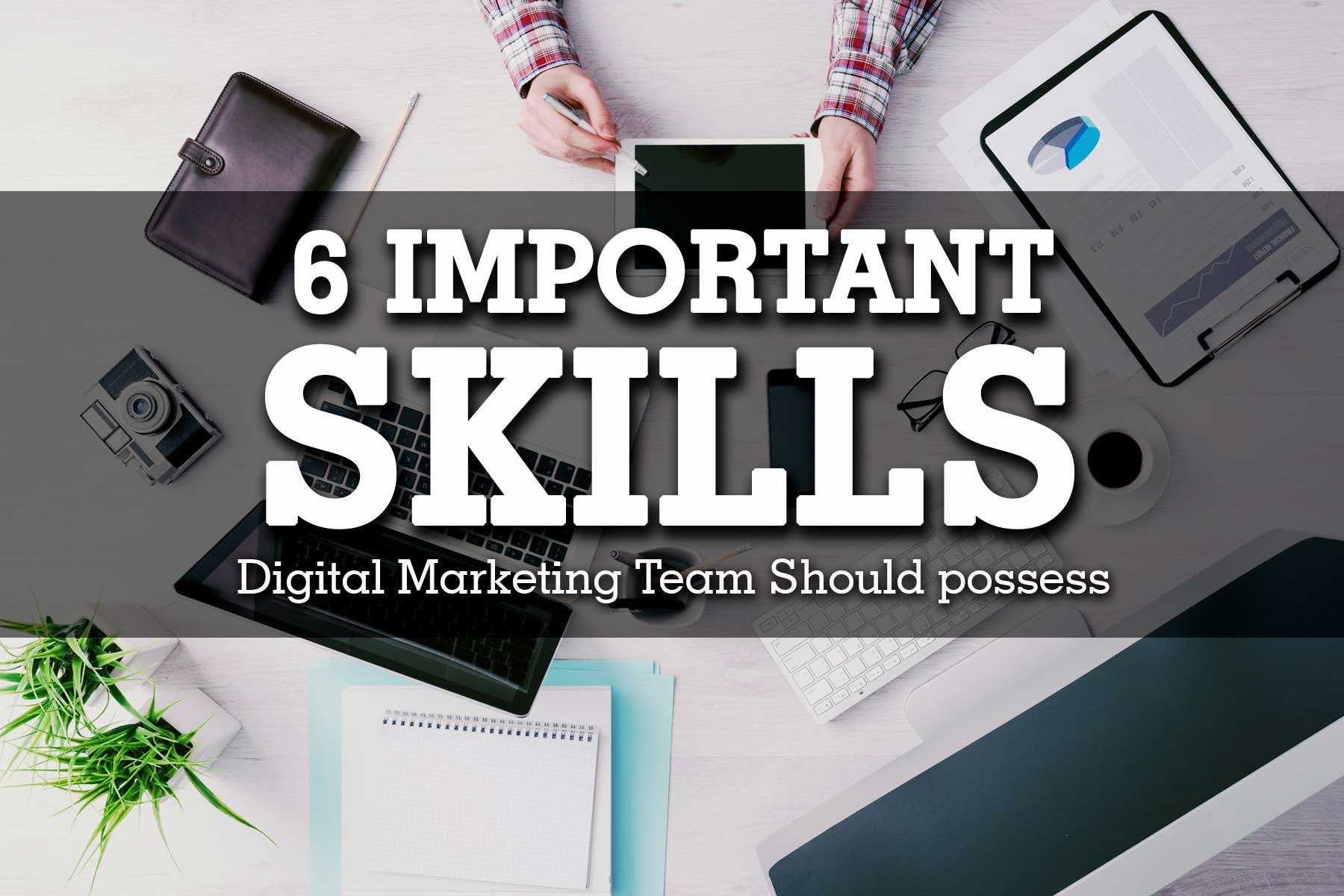The world of casino design is often shrouded in mystery, with many details about the creative process remaining unknown to the general public. However, for those who have spent hours poring over concept art and storyboards, a fascinating glimpse into this behind-the-scenes realm can be gained. In this article, we will delve into one such example: Rooster Returns.
Table of Contents
Introduction
In the ever-evolving landscape of casino design, it’s not uncommon for games to undergo significant changes roosterreturns.com before their eventual release. Concept art and storyboards serve as crucial tools in this process, allowing developers to visualize and refine their ideas. One game that has garnered attention from enthusiasts is Rooster Returns, a title whose concept art and storyboards offer a captivating look into the creative decisions made during its development.
Background on Rooster Returns
Before we dive into the world of concept art, it’s essential to provide some context about Rooster Returns. While specific details regarding the game are scarce due to its current developmental status, industry insiders have hinted at a game that combines elements from various genres. This blend is likely designed to appeal to an extensive audience and capture the imagination of players.
Concept Art
One of the primary components of Rooster Returns’ concept art is its visual aesthetic. A series of illustrations reveals the game’s potential setting: a colorful, fantasy world filled with mythical creatures and towering architecture. Vibrant hues dominate the palette, giving off an air of whimsy and playfulness.
Within this fantastical realm, various characters are depicted. These individuals are likely to be integral to the gameplay experience, perhaps serving as protagonists or antagonists. Their designs seem inspired by both Asian and European art styles, resulting in a unique blend that captures the eye.
In addition to character illustrations, environmental concept art showcases potential locations within the game world. From lush forests to bustling cities, these renderings demonstrate an attention to detail regarding texture, lighting, and overall atmosphere. Each image offers a glimpse into how Rooster Returns could transport players to new, imaginative realms.
Storyboards
While concept art focuses on visual aspects, storyboards are crucial for outlining the narrative flow of a game. These documents typically consist of sequential panels that depict key events or sequences in chronological order. By studying these storyboards, we can infer Rooster Returns’ storyline and its progression.
A close examination of the storyboards reveals an intricate tale filled with magic, adventure, and, intriguingly, a rooster’s pivotal role. This avian character appears to hold significant importance within the narrative, possibly serving as both a guide and a confidant for the player. Other characters, including allies and adversaries, are also present throughout the storyboards.
The panel layouts themselves showcase an understanding of pacing and tension, ensuring that dramatic moments stand out from more mundane sequences. Transitions between scenes appear seamless, minimizing disruptions to the narrative’s flow. The presence of cinematic camera movements further emphasizes the game’s potential as a visually stunning experience.
Conclusion
In examining the concept art and storyboards for Rooster Returns, several conclusions can be drawn regarding its design and development process. This game has a distinct visual identity and a captivating narrative, with an emphasis on exploration and character interaction. Given these details, it’s clear that Rooster Returns is no ordinary title.
When developers and designers are afforded the freedom to explore their creative visions without constraints, exceptional results can be achieved. In the case of Rooster Returns, this process has yielded a richly detailed world filled with enchanting possibilities. While its ultimate form remains to be seen, one thing is certain: the journey toward its completion will be as captivating as its destination.
The influence of concept art and storyboards on game development cannot be overstated. These tools provide a visual representation of an idea’s potential, allowing developers to identify areas for improvement before the project reaches its final stages. They offer an exciting glimpse into a title’s creative process and encourage curiosity about how games become the immersive experiences they are today.
As we await Rooster Returns’ release, one thing is clear: when it finally arrives, it will be more than just another game in the crowded market. It will be a testament to the power of innovative design, an exemplar of what can be achieved through meticulous attention to detail and an unwavering commitment to creativity.
The journey toward Rooster Returns’ completion serves as a reminder that behind every well-designed game lies a story worth uncovering. For those who have poured over concept art and storyboards like enthusiasts, the allure is clear: there’s more to a title than meets the eye, and sometimes it takes a peek into its development history to truly appreciate its magic.

